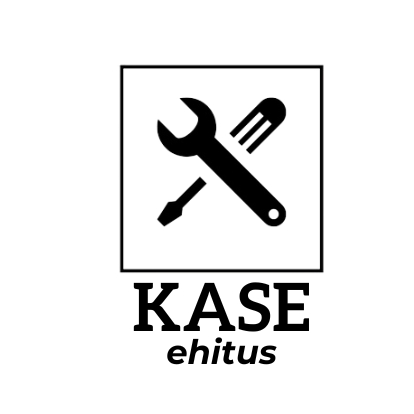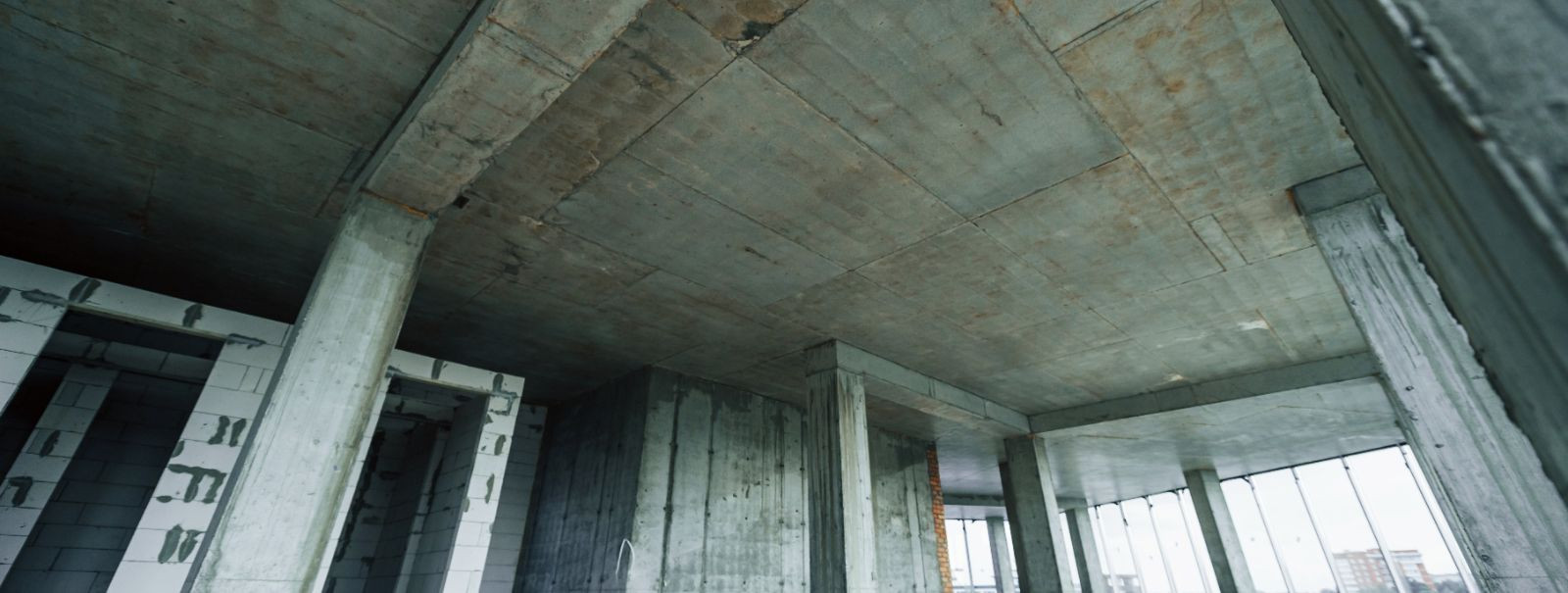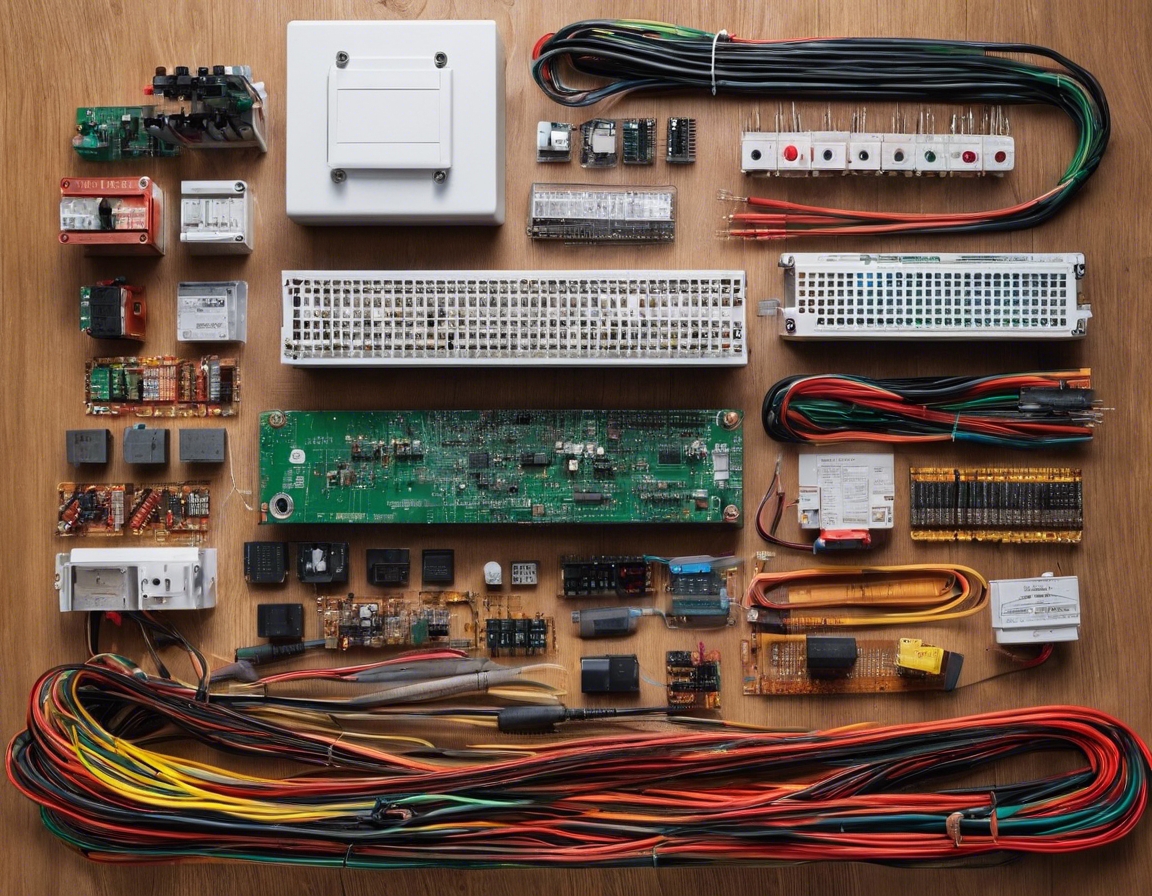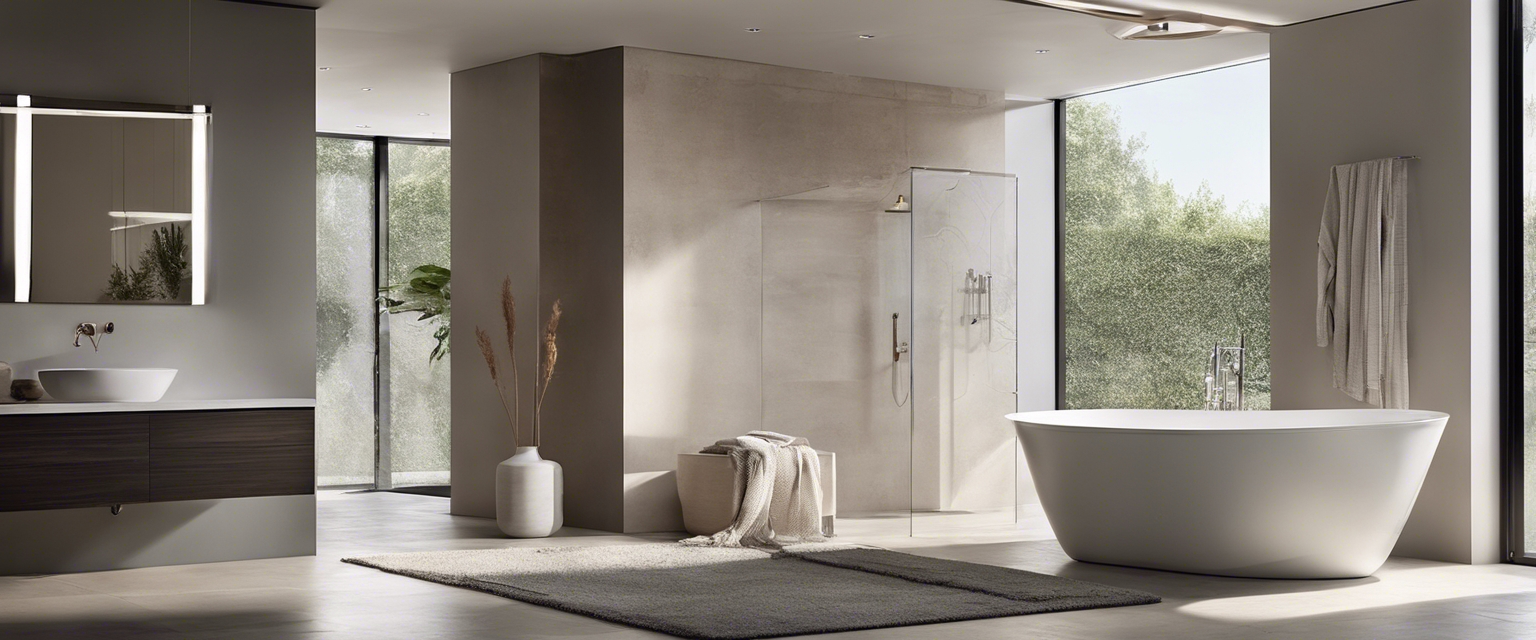5 trends shaping the future of construction
The construction industry is on the brink of a new era, with innovative trends poised to revolutionize how we build. As a forward-thinking company, KASE EHITUS OÜ is at the forefront of adopting these trends to deliver superior construction services. Here's a look at the five key trends shaping the future of construction.
1. Sustainable and Green Building Practices
Energy efficiency is no longer a luxury but a necessity in construction. Net-zero buildings, which produce as much energy as they consume, are becoming the gold standard in sustainable design. KASE EHITUS OÜ is committed to integrating energy-efficient solutions into our projects, reducing the carbon footprint and operational costs for our clients.
The use of eco-friendly materials is a growing trend in the construction industry. From recycled steel to low-VOC paints, we prioritize materials that minimize environmental impact without compromising on quality.
Adhering to green certifications like LEED and BREEAM is becoming increasingly important. These standards not only reflect a building's environmental performance but also enhance its market value. KASE EHITUS OÜ ensures compliance with these certifications, offering added value to our clients.
2. Technological Advancements in Construction
BIM technology has transformed the planning and management of construction projects. By creating digital representations of physical and functional characteristics of spaces, we can optimize our designs and reduce the risk of errors and rework.
Prefabrication and modular construction are not just time savers; they also improve quality and safety on-site. KASE EHITUS OÜ leverages these methods to streamline the construction process and deliver projects on time and budget.
The use of drones and robotics for surveying and inspection tasks enhances precision and efficiency. These technologies allow for better project oversight and can significantly reduce the time spent on manual tasks.
3. Focus on Safety and Health
Investing in advanced safety equipment is essential for protecting workers and ensuring compliance with regulations. KASE EHITUS OÜ prioritizes the health and safety of our team by utilizing the latest safety technologies.
Wearable technology that monitors workers' health and environmental conditions on-site helps prevent accidents and injuries. By adopting these wearables, we are setting a new standard for safety in the construction industry.
Enhanced training programs and safety protocols are critical for maintaining a safe work environment. KASE EHITUS OÜ invests in continuous education and training to ensure our workforce is skilled in the latest construction practices and safety measures.
4. Integration of Smart Technology
Smart buildings equipped with IoT devices are becoming more prevalent, offering unprecedented levels of control and efficiency. We incorporate smart technology into our projects to provide clients with buildings that are not only energy-efficient but also intelligent and responsive to their needs.
Automation in construction leads to more precise and efficient building processes. KASE EHITUS OÜ utilizes advanced control systems to ensure that every aspect of a project is executed with the highest level of precision.
Predictive maintenance techniques, powered by data analytics and machine learning, can forecast potential issues before they arise. This proactive approach to maintenance ensures the longevity and performance of our constructions.
5. New Material Innovations
Self-healing concrete is a groundbreaking material that can repair its own cracks, significantly extending the lifespan of structures. KASE EHITUS OÜ is exploring the use of such innovative materials to enhance the durability of our projects.
Transparent aluminum is a new material that offers the strength of metal with the aesthetic appeal of glass. This material can revolutionize façade and structural designs, providing new creative possibilities for architects and builders.
Graphene and other nanomaterials are set to transform the construction industry with their superior strength and lightweight properties. These materials can lead to more efficient, stronger, and lighter construction elements, opening up new design opportunities.






Comments (0)